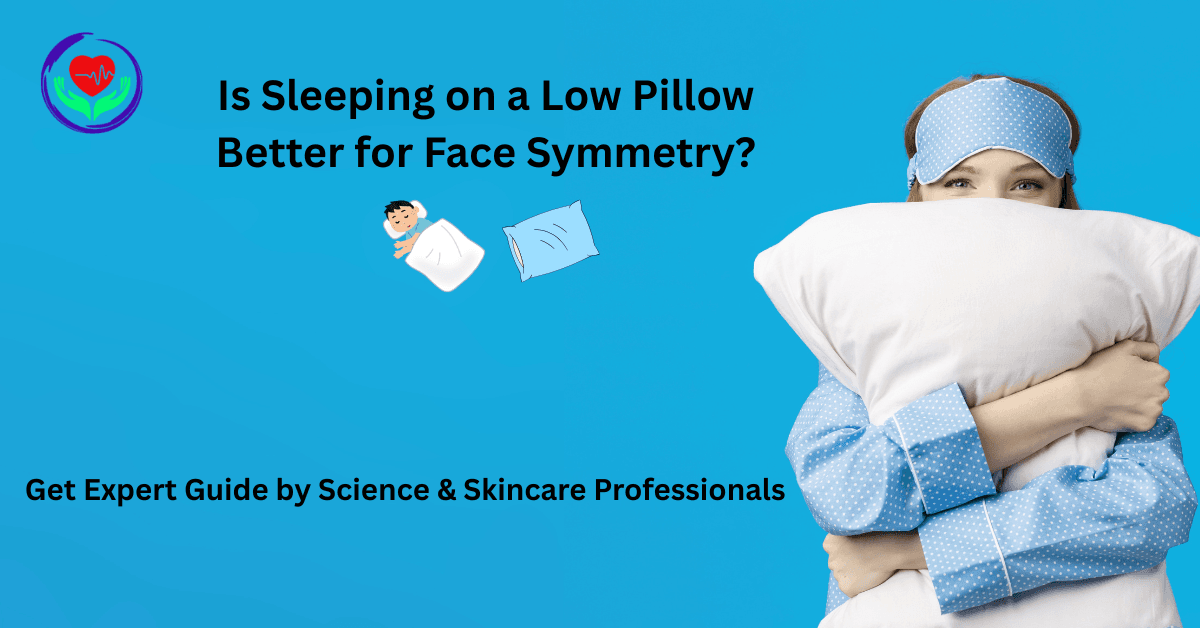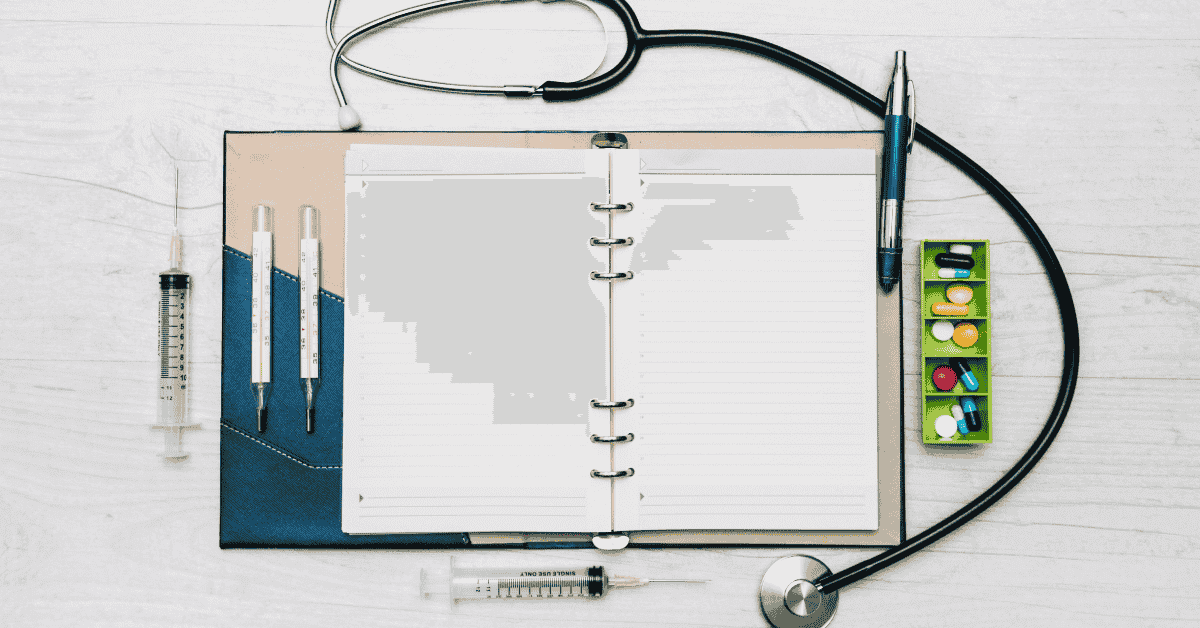Is Sleeping on Low Pillow Better for Face Symmetry? Get Expert Guidance from Science & Skincare Professionals

Introduction: Does Your Pillow Shape Your Face?
There are numerous charming and wellness seekers wondering about Are you interested in figuring out if sleeping on Low Pillow Better for face symmetry. How does the wrong pillow ruin my face shape? Face symmetry on a low pillow is directly linked to the pillow because the height of the pillow might be influencing your facial symmetry, jawline balance, and even some signs of premature aging.
Talking about recent advancements, there are some very influential factors directly attached to your sleeping routines, including sleep hygiene conditions, your face yoga, and the height of your pillow. People are turning their attention to how something as simple as a pillow might be affecting their facial structure.
In this guide, we’ll reveal all useful knowledge about whether a low pillow helps or hurts face symmetry by timely exploring what dermatologists and sleep experts say and how to optimize your sleep setup for balanced beauty.
The Science behind Facial Asymmetry
Facial asymmetry is a natural process in which no one’s face is perfectly even. It is approved that sleeping on low pillow is better for face symmetry and has numerous advantages. However, there are some kinds of long-term pressure on one side of the face while sleeping that can cause the following problems:
- Sufficient amounts of puffiness or fluid retention
- Presence of uneven wrinkles or fine lines
- Dominating flattening of soft tissues
- Long-term soft bone shifts (especially in youth)
This is actually referred to as “sleep-induced asymmetry.” The real behind culprit? The way in which your head rests on the pillow and the angle of pressure distribution, particularly on firmer or higher pillows really contributes to sleeping well.
What is meant by a low pillow?
Indeed, sleeping on low pillow is mostly linked with better facial symmetry. A low pillow that is typically also known as a slim or flat pillow generally contains the following attributes:
- Less than 3 inches in the height of a desired pillow
- Designed to keep the neck and head at a neutral position that is approximately flat level for sleep.
- It is popular for stomach sleepers or those with neck alignment concerns
Low pillows have stronger capacities, which may reduce the tilt or twist in the neck, and they also prevent excessive side pressure on facial muscles by making them a topic of interest for face-conscious sleepers.
Pros of Sleeping on Low Pillow for Face Symmetry
1. Less Pressure on One Side of the Face
Low pillows tend to reduce the depth at which your face sinks into the pillow, especially for side sleepers. It can minimize compression on facial fat pads by preventing one-sided puffiness. It becomes the real cause of sleeping on low pillow better for facial symmetry.
2. Better Neck and Spine Alignment
It is an estimated fact that keeping your head level with your spine can prevent you from twisting or contorting your neck at the same time. It may also reduce asymmetric tension on jaw and cheek muscles by improving muscle tone distribution.
3. Reduced Risk of Sleep Lines
High pillows have higher chances to bunch up against your face. It may cause sleep wrinkles on cheeks and under eyes. On the other hand, a low pillow may let your face glide more naturally by significantly reducing wrinkling and puffiness.
4. Encouragement of Back Sleeping
Indeed, low pillows are ideal for back sleeping, which is considered to be “the best position for facial symmetry.” It again distributes pressure evenly and keeps both sides of your face untouched.
Cons of Sleeping on Low Pillow
1. Not Ideal for Side Sleepers
If you sleep on your side and use a pillow that’s too low at your sleeping position, then your neck may bend downward. It may be causing discomfort and poor alignment. This holds equal potential to lead to muscular imbalance or increased facial tension on one side.
2. Can Trigger Snoring or Discomfort
Low pillows may bring some sort of worsening of snoring or discomfort for people with certain sleep apnea or sinus issues.
3. Not All Low Pillows Are Created Equal
Some “thin” pillows are lacking in support and compress too easily. This could cause more shifting during sleep. It is undoing any symmetry benefits.
Dermatologists’ and Experts’ Opinion
According to the American Academy of Dermatology, sleep positions regularly play a bigger role in wrinkle formation. There is more facial aging than people realize. Pillows having qualities including pressure, folding, and skin stretching from high- or rough-textured pillows accelerate asymmetrical lines.
Dr. Whitney Bowe, a well-known dermatologist, professionally advises that sleeping on your back or using silk or satin pillowcases with flatter pillows reduces disturbing compression and maintains facial firmness.
Other Natural Ways to Maintain Face Symmetry
1. Practice Face Yoga
It amazingly strengthens both sides of your face evenly and stimulates circulation.
2. Use Silk or Satin Pillowcases
These are the specific pillows that reduce friction and help avoid sleep lines.
3. Alternate Sleeping Sides (If Not a Back Sleeper)
They should be switching sides to prevent long-term compression on one side.
4. Hydration and Collagen Support
Dehydrated skin is more prone to the folds. They support collagen particles with natural foods like berries, bone broth, or supplements.
5. Regular Sleep Schedule
Some kind of balanced rest improves skin elasticity and muscle relaxation on both sides of the face.
So, Is Sleeping on Low Pillow Better for Face Symmetry?
In general, certainly yes for the right sleeper. If you’re regularly lacking in a back sleeper or use a supportive, breathable low pillow with skin-friendly fabric, it can:
- It also reduce pressure on facial structures
- It generally improve symmetry by evening out muscle tension
- It has higher chances to minimize wrinkle formation from sleep creases
However, the wrong pillow height for your sleeping style can cause discomfort or worsen alignment. So ideal balance is key.
Best Low Pillow Features to Look For:
- It should be less than 3 inches in height
- It should composed with memory foam or latex core (for support)
- It must be Cooling gel or breathable materials
- It must be hypoallergenic and skin-safe fabric
FAQs About Face Symmetry and Pillows
Q1: Does sleeping on your side affect face symmetry?
Yes. Constant inserting pressure on one side during sleep can cause puffiness, lines, or mild flattening with your face symmetry.
Q2: Is sleeping on my back better for my face?
Absolutely yes, it distributes pressure evenly and avoids sleep wrinkles.
Q3: How can I train myself to sleep on my back?
Use those recommended pillows under your knees and supportive low pillows, and avoid electronics before bed to improve posture naturally.
Q4: Can a pillow really change my face shape?
Talking about overtime, yes. Especially in younger people or with poor-quality kinds of pillows that cause long-term compression.
Q5: What fabric is best for pillowcases to prevent facial aging?
Pillows made with silk or satin are best—they reduce friction, stretching, and skin irritation.
Final Thoughts: Your Sleep Position Is Your Beauty Secret
While a low pillow alone won’t really meaningfully sculpt your face, it’s a helpful piece of the symmetry puzzle. When it is combined with good sleep posture, proper skin care, and consistency, your pillow choice can protect your natural balance.
At The Healthiest Days, we truly believe in healing naturally because you deserve skincare without side effects.



